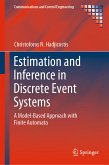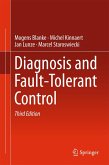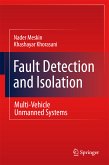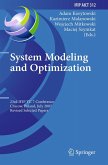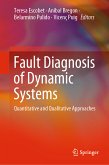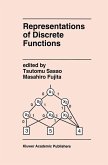Discrete Event Systems: Diagnosis and Diagnosability addresses the problem of fault diagnosis of Discrete Event Systems (DES). This book provides the basic techniques and approaches necessary for the design of an efficient fault diagnosis system for a wide range of modern engineering applications. The different techniques and approaches are classified according to several criteria such as: modeling tools (Automata, Petri nets) that is used to construct the model; the information (qualitative based on events occurrences and/or states outputs, quantitative based on signal processing and data analysis) that is needed to analyze and achieve the diagnosis; the decision structure (centralized, decentralized) that is required to achieve the diagnosis. The goal of this classification is to select the efficient method to achieve the fault diagnosis according to the application constraints. This book focuses on the centralized and decentralized event based diagnosis approaches using formal language and automata as modeling tool. The work includes illustrated examples of the presented methods and techniques as well as a discussion on the application of these methods on several real-world problems.
Dieser Download kann aus rechtlichen Gründen nur mit Rechnungsadresse in A, B, BG, CY, CZ, D, DK, EW, E, FIN, F, GR, HR, H, IRL, I, LT, L, LR, M, NL, PL, P, R, S, SLO, SK ausgeliefert werden.



